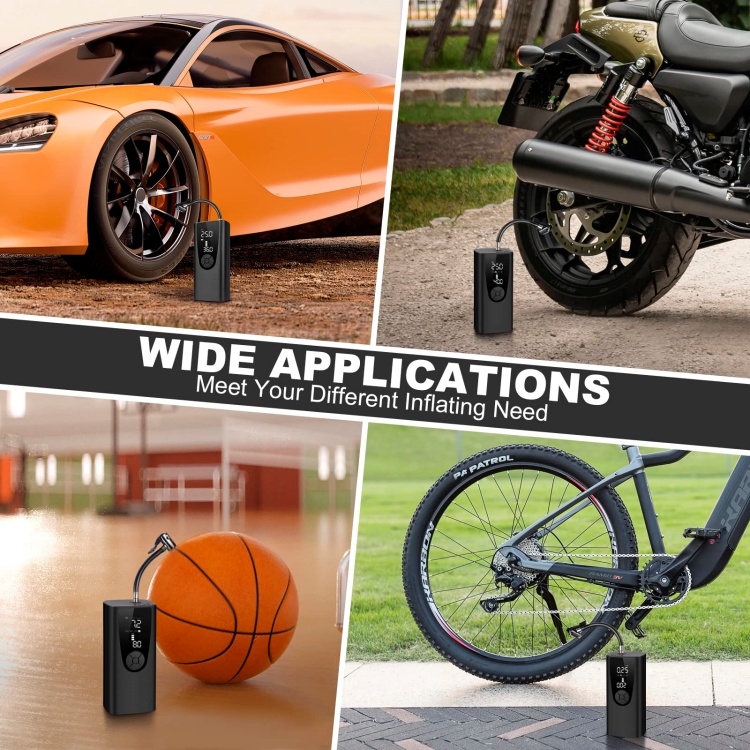
Demystifying Electric Air Pumps: How They Work and Why Every Car Owner Needs One
Electric air pumps provide a quick and convenient way to inflate your car’s tires from home. But how exactly do these ubiquitous devices work their

Inflating your tires is easier than ever thanks to electric air pumps. This beginner’s guide will teach you the basics of choosing and using an electric pump to inflate your car’s tires quickly and easily.

An electric air compressor is a pneumatic device that uses an electric motor to compress air and inflate tires. The compressed air is stored in a tank or pumped directly via hoses into the tire’s valve stem when needed.
Compared to manual foot pumps that require physical effort, electric pumps make quick work of inflating a flat tire or low-pressure tire. They provide fast, easy inflation right from home.
Electric air compressors offer many advantages over manual pumps:
There are many scenarios where an electric tire inflator comes in handy:
Even if you have access to free air pumps at gas stations, an electric compressor allows you to check and fill your tires conveniently at home as needed. Speed and control make them a worthwhile investment for all drivers.
When selecting an electric tire inflator for your needs, consider these key factors:

When running your electric tire inflator, adhere to these safety tips:
Follow these steps when using your electric pump to inflate your tires properly:
And that’s it – you’ve safely and accurately inflated the tires using your electric pump!
To ensure smooth operation long-term, be sure to:

If your electric tire inflator fails to operate properly, check the following quick troubleshooting points:
Pump won’t turn on:
Pump runs but doesn’t inflate tire:
Pump overheats and shuts off during inflation:
Excessive noise or vibration during operation:
Any compressor owner should have these items on hand:
Having an electric tire inflator means you’ll always be prepared anytime your tires are low on air. These affordable tools belong in every car owner’s garage.
Follow this beginner’s guide on how to choose the right electric air compressor model and safely use it, and you’ll be set to accurately and quickly inflate those tires for many years to come!


Electric air pumps provide a quick and convenient way to inflate your car’s tires from home. But how exactly do these ubiquitous devices work their

Getting a flat tire is every driver’s nightmare. Having a reliable air pump can get you back on the road quickly when your tires are

An electric air compressor is a major investment designed to provide years of reliable service. But the pump will only last if properly cared for

Having properly inflated tires is essential for safe driving and increased fuel economy. An electric air pump allows you to easily inflate and maintain your

Electric air pumps provide a quick and convenient way to inflate your car’s tires from home. But how exactly do these ubiquitous devices work their

Inflating your tires is easier than ever thanks to electric air pumps. This beginner’s guide will teach you the basics of choosing and using an

Getting a flat tire is every driver’s nightmare. Having a reliable air pump can get you back on the road quickly when your tires are

An electric air compressor is a major investment designed to provide years of reliable service. But the pump will only last if properly cared for
Copyright © 2024 carelectricairpump. All Rights Reserved.